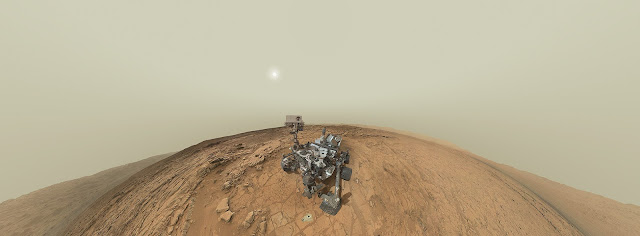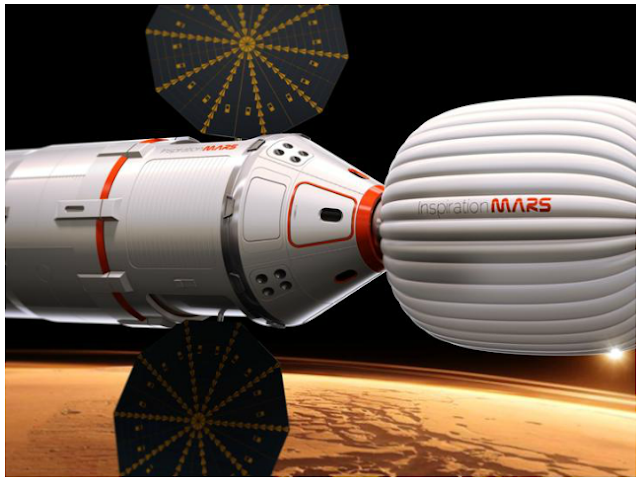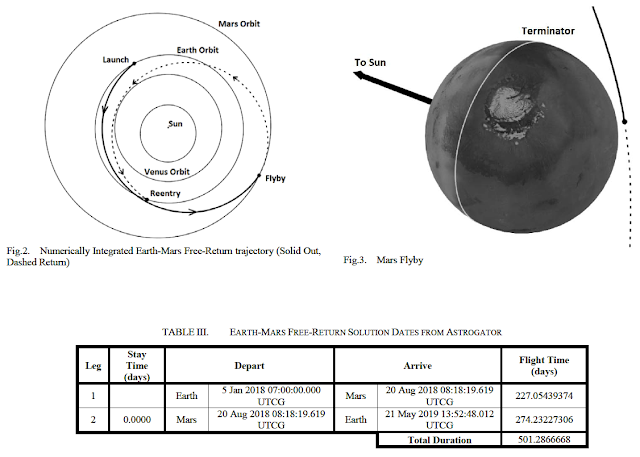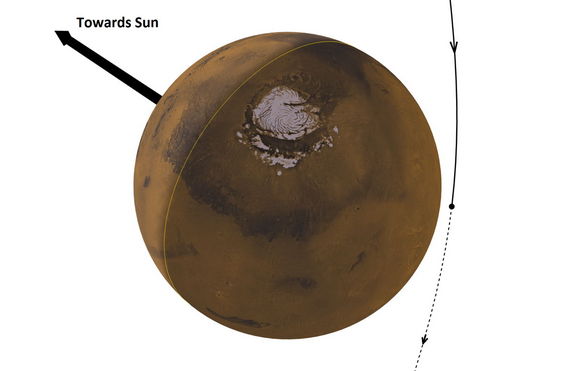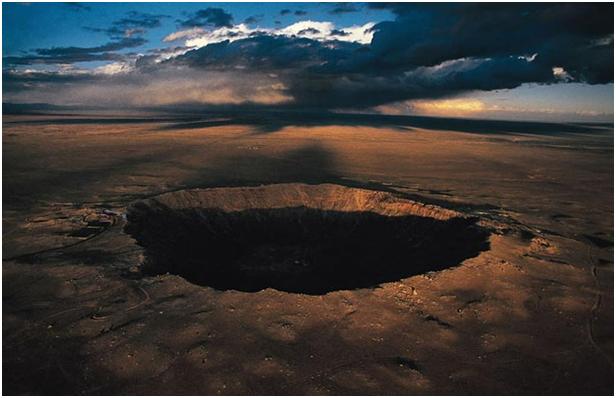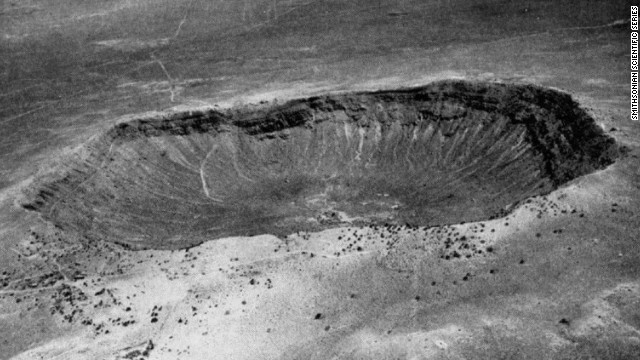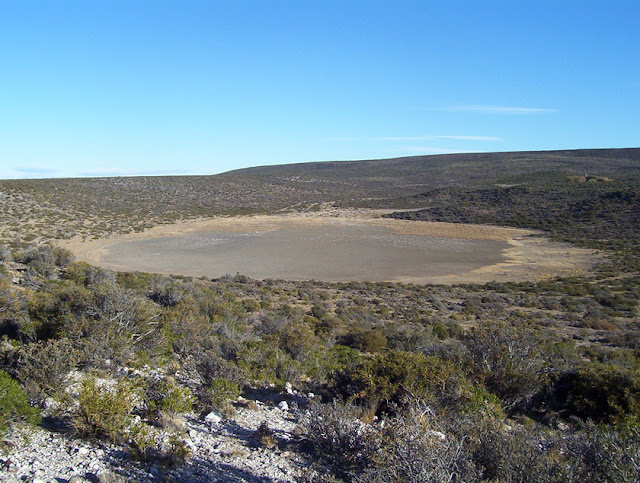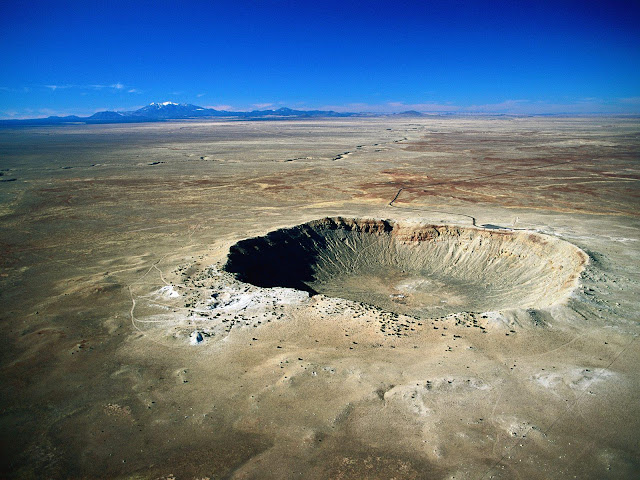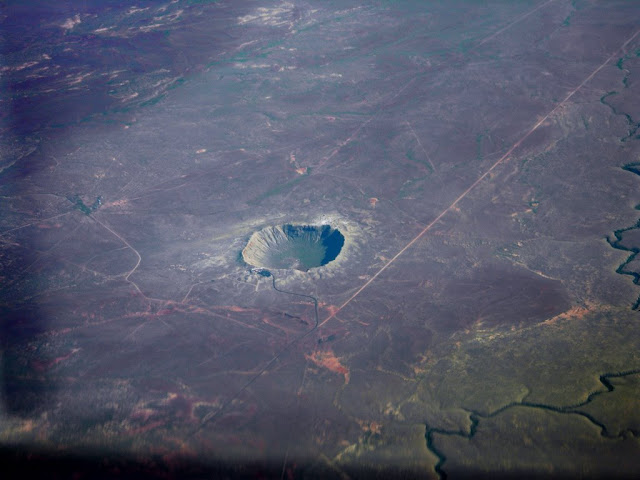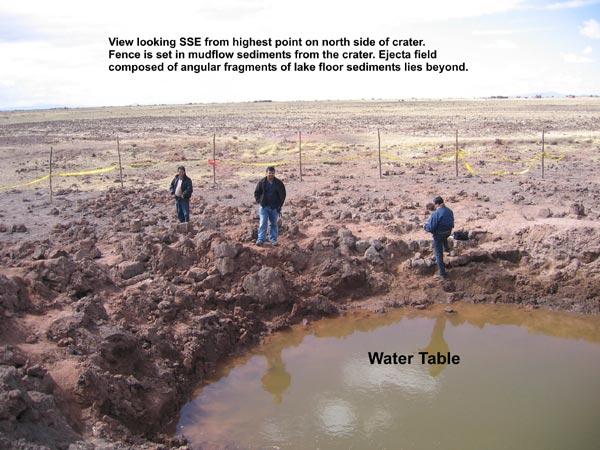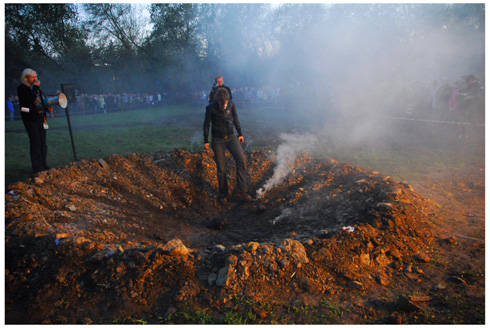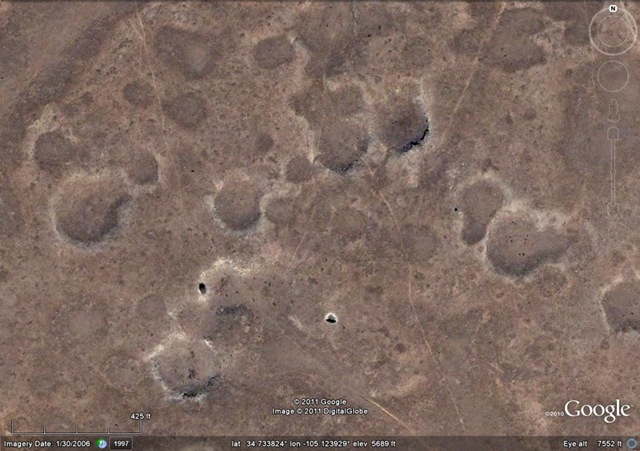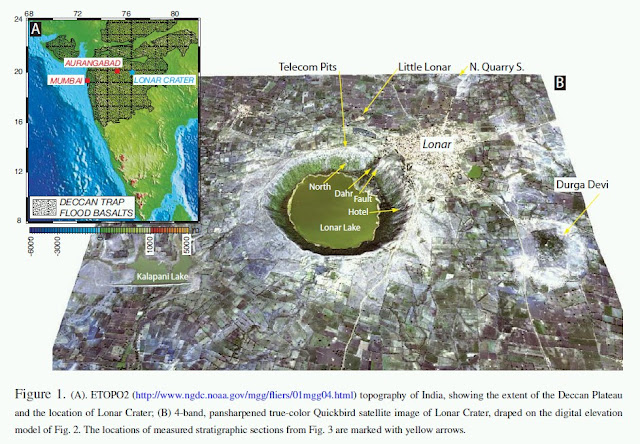Monthly Archives: February 2013
Gorgeous Interactive Panoramas by Andrew Bodrov
Andrew Bodrov, photographer from Estonia, member of IVRPA (specializing in interactive
panoramic photography).
http://www.360cities.net/image/mars-panorama-curiosity-solar-day-177#-71.41,56.26,31.1
“This self-portrait of NASA’s Mars rover Curiosity combines 66 exposures taken by the rover’s
Mars Hand Lens Imager (MAHLI) during the 177th Martian day, or sol, of Curiosity’s work on
Mars (Feb. 3, 2013).
At the bottom of this panorama is the hole drilled in a rock. The drilling took place on Feb. 8,
2013, or Sol 182, Curiosity’s 182nd Martian day of operations. The sample-collection hole is 0.63
inch (1.6 centimeters) in diameter and 2.5 inches (6.4 centimeters) deep. The “mini drill” test
hole near it is the same diameter, with a depth of 0.8 inch (2 centimeters).
The images for full panorama obtained by the rover’s 34-millimeter Mast Camera. The mosaic,
which stretches about 30,000 pixels width, includes 113 images taken on Sol 170 and an
additional 17 images taken on Sol 176.”
(from August 2012):
Explanation: This remarkable self-portrait of NASA’s Mars Curiosity Rover includes a sweeping panoramic view of its current location in the Yellowknife Bay region of the Red Planet’s Gale Crater. The rover’s flat, rocky perch, known as “John Klein”, served as the site for Curiosity’s first rock drilling activity. At the foot of the proud looking rover, a shallow drill test hole and a sample collection hole are 1.6 centimeters in diameter. The impressive mosaic was constructed using frames from the rover’s Mars Hand Lens Imager (MAHLI) and Mastcam. Used to take in the panoramic landscape frames, the Mastcam is standing high above the rover’s deck. But MAHLI, intended for close-up work, is mounted at the end of the rover’s robotic arm. The MAHLI frames used to create Curiosity’s self-portrait exclude sections that show the arm itself and so MAHLI and the robotic arm are not seen. Check out this spectacular interactive version of Curiosity’s self-portrait panorama.
‘Inspiration Mars’ Press Conference Slides
“It is time for America not to withdraw within itself, but to dream big dreams again. It is time for Americans to unite in accomplishing big goals again and reap the benefits in our educational systems, technical advancement and the economy that were realized when we first journeyed to the Moon.” NASA Astronaut, Jerry Ross, January 28, 2013
“I believe we can send humans to orbit Mars and return them safely to Earth. And a landing on Mars will follow. And I expect to be around to see it” President Barack Obama. Kennedy Space Center, April 15, 2010
Inspiration Mars Press Release:
http://inspirationmars.org/Inspiration%20Mars%20Fact%20Sheet.pdf
Inspiration Mars Feasibility Analysis:
http://inspirationmars.org/Inspiration%20Mars_Feasibility%20Analysis_IEEE.pdf
 ______________________________________________________________________________Update: Additional Material Published Shortly After Annoucenement
______________________________________________________________________________Update: Additional Material Published Shortly After Annoucenement
Bones "Asteroid Mining & the Schoolteacher Look" (Created by Hart Hanson)
“Okay, just think of it as an investment for our future. For Parker, for Christine. Asteroid mining? Yeah, asteroid mining. I did my research, okay? The head of the Jet Propulsion Lab says it’s possible, and the two guys who sent the rover to Mars, they agree. The microgravity technologies required to do so don’t even exist, Booth. You know what? There was a time when radios and-and railroads, they didn’t exist, but people, they got rich. Why are you looking at me like that? Like a schoolteacher. Every time I have a good idea… Anyway, just look at the bones. Why did the farmer run over the remains? He was an investment banker trying to get back to nature. I’m guessing the tractor didn’t handle like his Beemer. Well, according to the shallow grave here, shish kebob, he was definitely murdered. The presence of Nicrophorus americanus, along with some of its larvae, suggest the murder took place five days ago. Right. You believe in asteroid mining? Are you kidding me? It’s the only way that the species is gonna survive. Did you hear that? I am a visionary. You’re gonna be an asteroid miner? Yeah. I didn’t ask that. Don’t want to know. Please explain the difficulty to him of retrieving a 500-ton asteroid. No. Not my place. No, no, no. No, you just put it in a lunar orbit and send some guys up there. I think it’s really simple, actually. Is she looking at me like an angry schoolteacher? – Oh, yeah, yeah. She does that a lot.”
‘Inspiration Mars’ National Press Club Announcement at 1pm EST
David Suzuki on the Biosphere
Apollo 11 Saturn V (9:32 am) Launch in High Def…go full screen, it’s the coolest ever
The Rockwell Retro Encabulator : )
Some of the Better Comments:
- For God’s sake, I wish this guy would stop dumbing down everything. I’m not an idiot!
- Ugh, you’re an idiot, didn’t you hear anything he said? If you have trouble following, maybe you should go back to school. JEEZE. Wtf do they teach now a days?
- I actually used this video about 5 years ago to scare the tar out of my company’s sales force (I’m an engineer).
- Boy, I sure am glad to see that I was’nt the ONLY person to recognize that shortcoming of the original Encabulator.
- Is this guy a pastor?, they talk the same language.
- Does anyone understand a word he just said? Patrick Carney told me to watch this, and I don’t know why!:(
- try Google-ing any of the things he says. nothing that makes sence comes up. [LOL]
- did he just say dinglearm?
- What is the OSHA stance on this Entrapulator?
- … so there really is a “dingle arm”?
- I blame Dr. Seuss
- I bought one on Ebay!!
- my life is better thanks to the Rockwell Retro Encabulator. thak you Rockwell
- My Engineers can get me to say anything. I wasn’t even sure they were kidding when they sent me this link!
- I’ve had 3 of these and NONE of them worked!
From: http://people.csail.mit.edu/bradley/turbo-encabulator.html
The Turbo Encabulator
Date: 21 Jun 93 04:31:27 EDT (Mon)
From: dscatl!lindsay@merlin.gatech.edu (Lindsay Cleveland)
Subject: cutie
To: spaf
Contributed by: hp-pcd!jimd
The Turbo Encabulator
This article appeared in a mechanical trade journal around 1945. My
grandfather, editor of the Welder's Digest, kept it in his scrap-
book. Nobody knows who wrote it.
For a number of years work has been proceeding in order to bring
perfection to the crudely conceived idea of a machine that would not
only supply inverse reactive current for use in unilateral phase
detractors, but would also be capable of automatically synchronizing
cardinal grammeters. Such a machine is the "Turbo-Encabulator."
Basically, the only new principle involved is that instead of power
being generated by the relative motion of conductors and fluxes, it
is produced by the modial interaction of magneto-reluctance and
capacitive directance.
The original machine had a base-plate of pre-fabulated amulite,
surmounted by a malleable logarithmic casing in such a way that the
two spurving bearings were in a direct line with the pentametric fan.
The latter consisted simply of six hydrocoptic marzelvances, so
fitted to the ambifacient lunar waneshaft that side fumbling was
effectively prevented. The main winding was of the normal lotus-o-delta
type placed in panendermic semi-boloid slots in the stator, every
seventh conductor being connected by a non-reversible tremie pipe to
the differential girdlespring on the "up" end of the grammeters.
Electrical engineers will appreciate the difficulty of nubing
together a regurgitative purwell and a supramitive wennel-sprocket.
Indeed, this proved to be a stumbling block to further development
until, in 1942, it was found that the use of anhydrous nangling pins
enabled a kryptonastic bolling shim to be tankered.
The early attempts to construct a sufficiently robust spiral
decommutator failed largely because of a lack of appreciation of the
large quasi-piestic stresses in the gremlin studs; the latter were
specially designed to hold the roffit bars to the spamshaft. When,
however, it was discovered that wending could be prevented by a simple
addition to the living sockets, almost perfect running was secured.
The operating point is maintained as near as possible to the
h.f. rem peak by constantly fromaging the bitumogenous spandrels.
This is a distinct advance on the standard nivel-sheave in that no
dramcock oil is required after the phase detractors have been remissed.
Undoubtedly, the turbo-encabulator has now reached a very high
level of technical development. It has been successfully used for
operating nofer trunnions. In addition, whenever a barescent skor
motion is required, it may be employed in conjunction with a drawn
reciprocating dingle arm to reduce sinusoidal depleneration.







